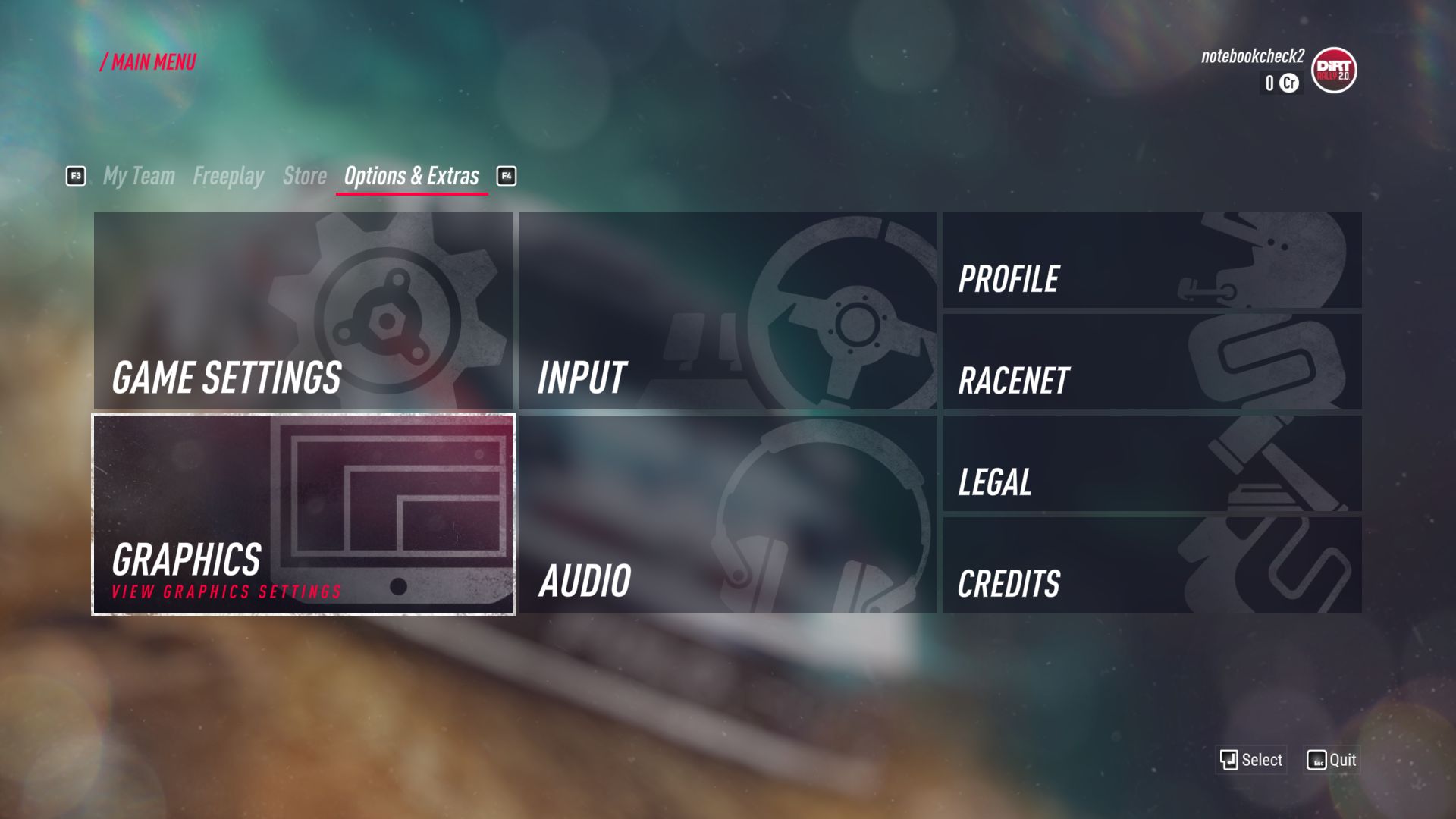

Narrow your search by typing into the box, i.e. Bear this basic principle in mind when you’re out on stage, as almost all techniques are used to manage weight transfer.Select below to check your system against the graphics card requirements for DiRT Rally. Turning produces lateral weight transfer. Braking and accelerating produces longitudinal weight transfer.
#Dirt rally graphic card benchmark driver#
As a driver you must actively manage the weight transfer in order to maximise the grip potential of each tyre, at the moment that grip is required whether you are braking, accelerating or turning. This results in an increase or decrease of the potential grip available. When a car speeds up, slows down or turns, each tyre will experience an increase or decrease in that mechanical pressure compared to when the car is stationary. The direct effect of weight transfer is that the amount of mechanical pressure applied by each of the four tyres against the road surface varies. The key component around which most other aspects of rally driving revolve is known as 'weight transfer'. Of course, the trade off is that the rear tyres have less of the cars weight applied to them, resulting in less grip. Applying the brakes transfers more of the weight of the car over the front wheels, pressing the tyres against the road, giving them increased grip.

The second, less obvious reason is to manage weight transfer before, during or even after cornering. The most obvious use is to slow down to a speed at which the car can take the next corner without crashing. There are two separate but equally important uses for the brakes in a rally car. Rally cars are well known for performing big slides and most of the time, they are intentionally induced by the driver to achieve as high a speed as possible without sliding off the road. In order to traverse a rally stage quickly and without crashing, the driver must pro-actively manage the attitude of the car at all times. Like an aeroplane, rally cars move in 3 axis roll (side to side), pitch (front to back) and yaw (rotation). This makes them much more consistent and far less subjective, as a result they are a much better fit for the broad spectrum of rally cars that you will be able to drive on our stages.

The calls we have created are Route Notes and they are designed to describe the road as best as possible.

Pace Notes are written on recces and are very personal to the crews that create them and the car they are using. The key thing to remember with these calls is that they are not Pace Notes. The best way to describe the calls that describe the corner severity is with a diagram. “Into” and “And” are very small distances between corners, we then use even numbers up to 100 metres and odd numbers once we go over the 100 metre mark. Linking all of the corners together are distances. “Left Five into Right Three” and have a little more detail such as “Square”, “Hairpin” and “Acute” corners for when the corner severity is 90 degrees or greater. This means that 1 is a slow corner and 6 is fast one. DiRT Rally uses the 1-6 system co-driver call system.


 0 kommentar(er)
0 kommentar(er)
